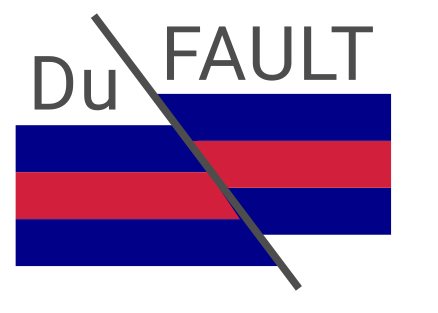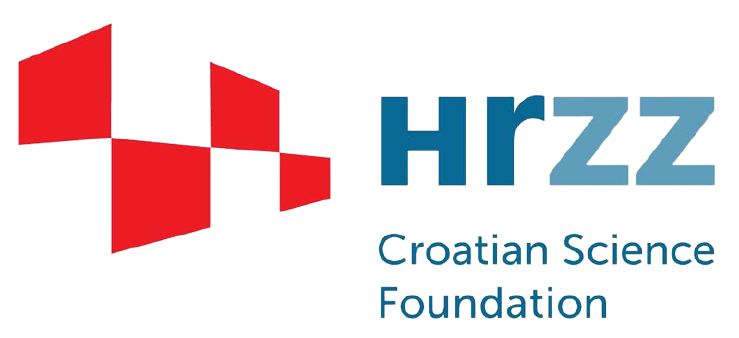In collaboration with Dr. Irene Molinari from National Institute of Geophysics and Volcanology, Bologna, DuFAULT project team members, Helena Latečki and dr.sc. Josip Stipčević, published a paper titled 3D physics based seismic shaking scenarios for the city of Zagreb, the Capital of Croatia in the Journal Bulletin of Earthquake Engineering (IF 2020 3.872, Q2).
The study area is the wider Zagreb area which is one of the most seismically active regions in Croatia, as evidenced by the 2020 Zagreb earthquake series, but also a number of other strong events that occurred in the past. For the city of Zagreb and the surrounding area, a detailed 3D seismic model of the crust was assembled using available geological and geophysical data. The applicability of the model in numerical methods for earthquake simulations was tested by comparing recorded and synthetic seismograms for the main Zagreb 2020 event and four aftershocks. Furthermore, two scenarios, depending on the location of the earthquake source, were considered for the case of the 1880 Great Zagreb Earthquake. Generated shakemaps were compared with the observed intensities, and from the results new insights about the location of the source of this extremely important historical earthquake were obtained.
Similar methods used in this paper will be applied in the case of the Dubrovnik area, specifically the construction of a 3D seismic model of the crust, simulation of the 1667 Great Dubrovnik Earthquake and other stronger events that occurred in this area.
The paper is available at the link.




